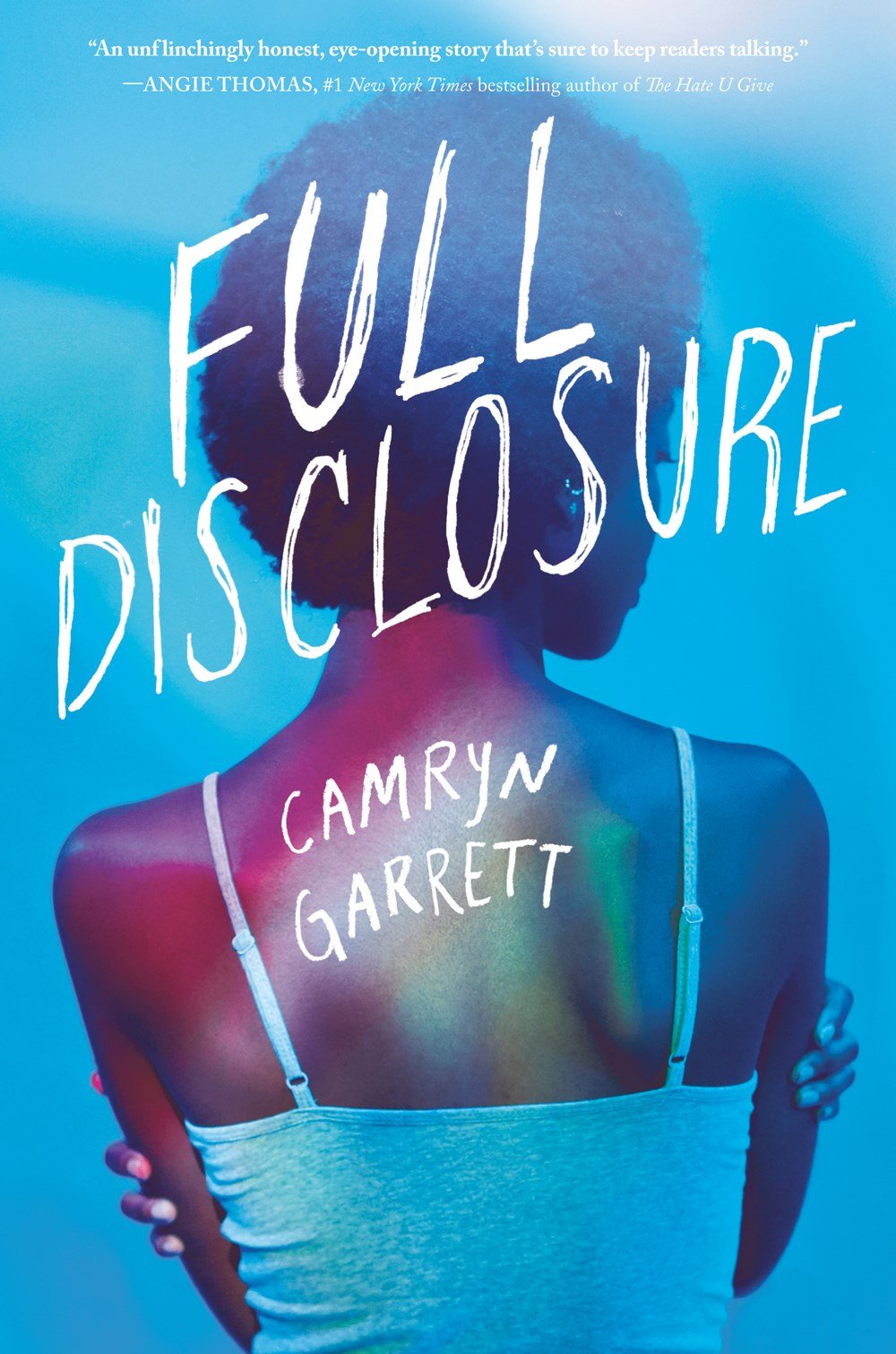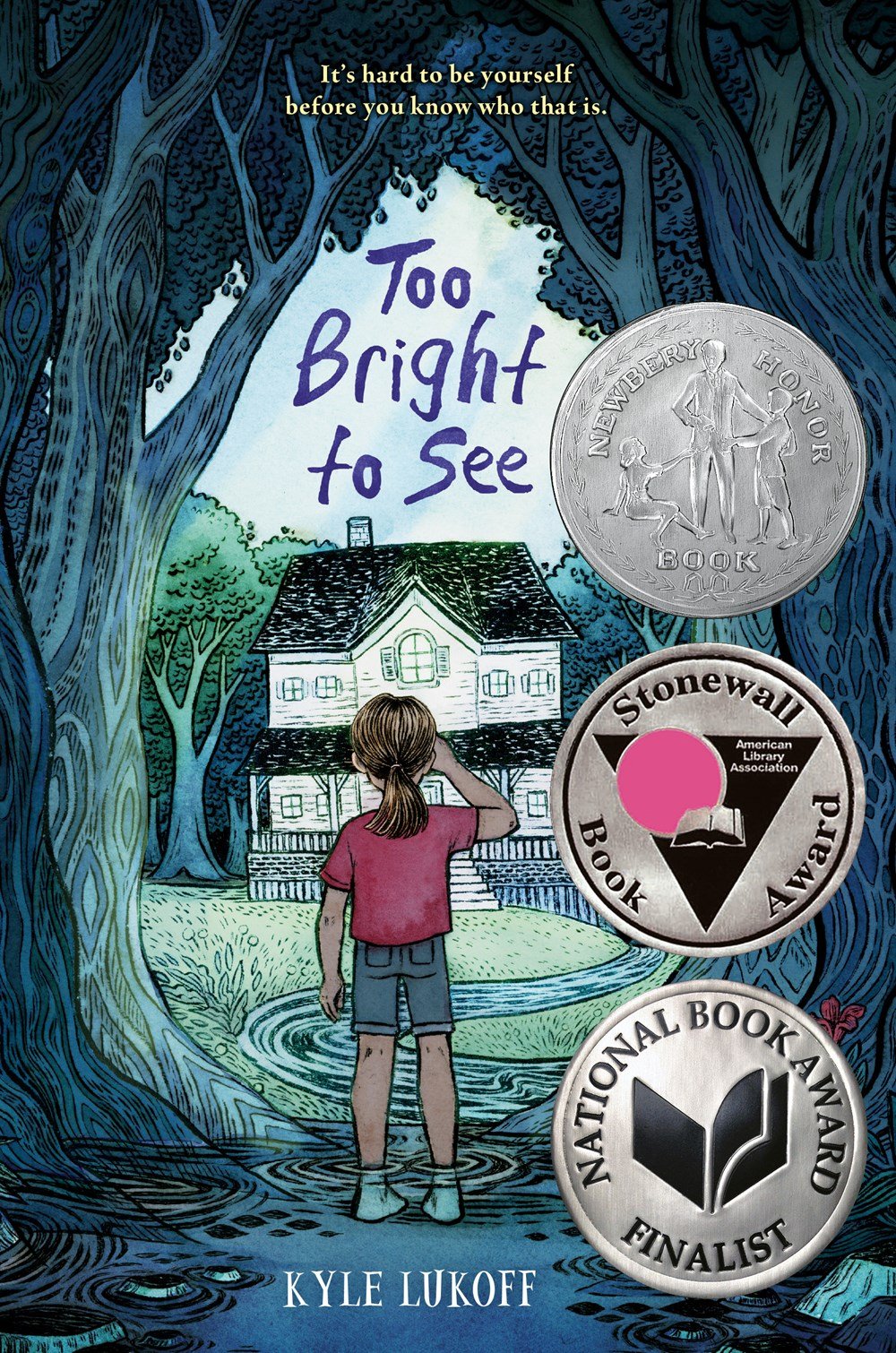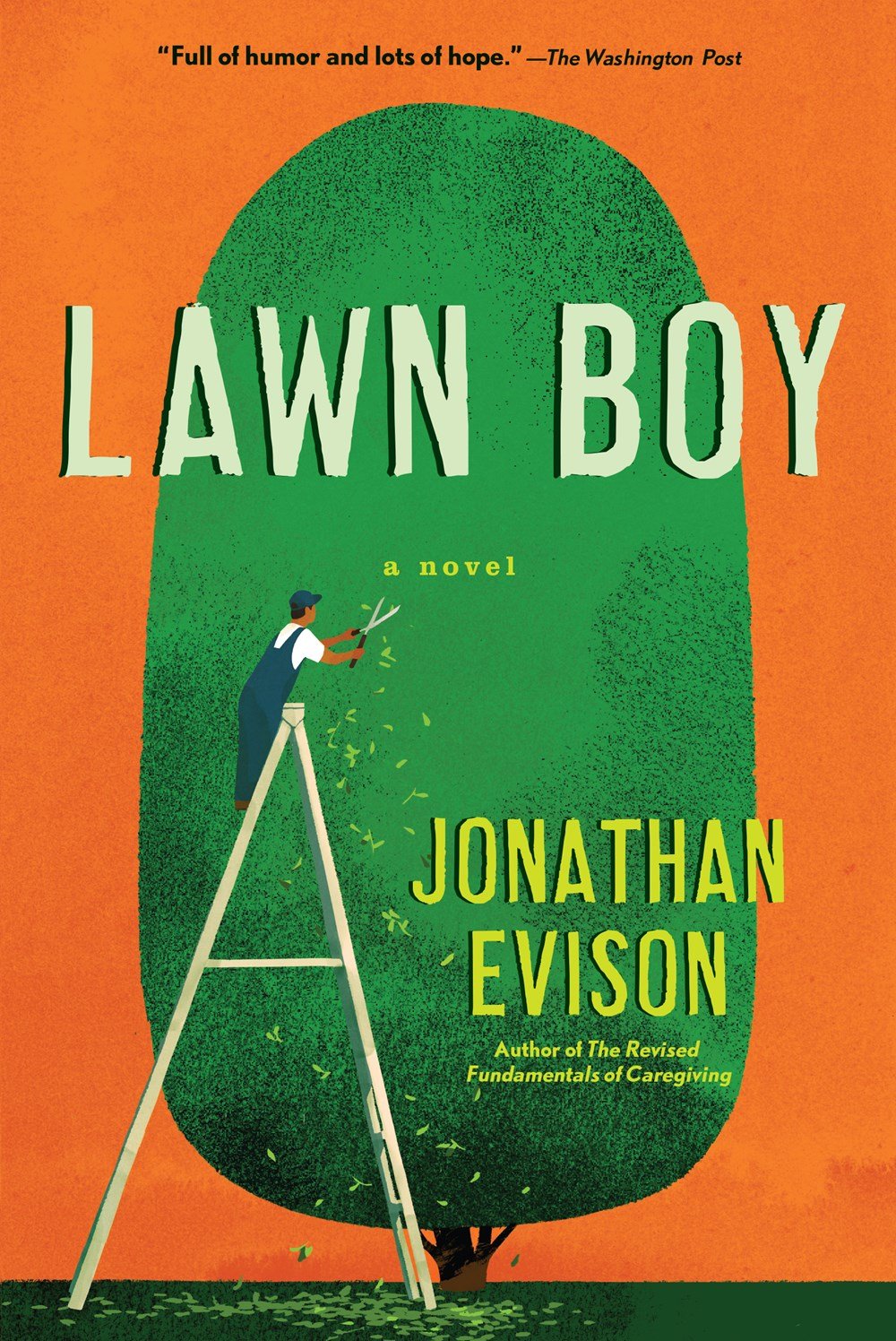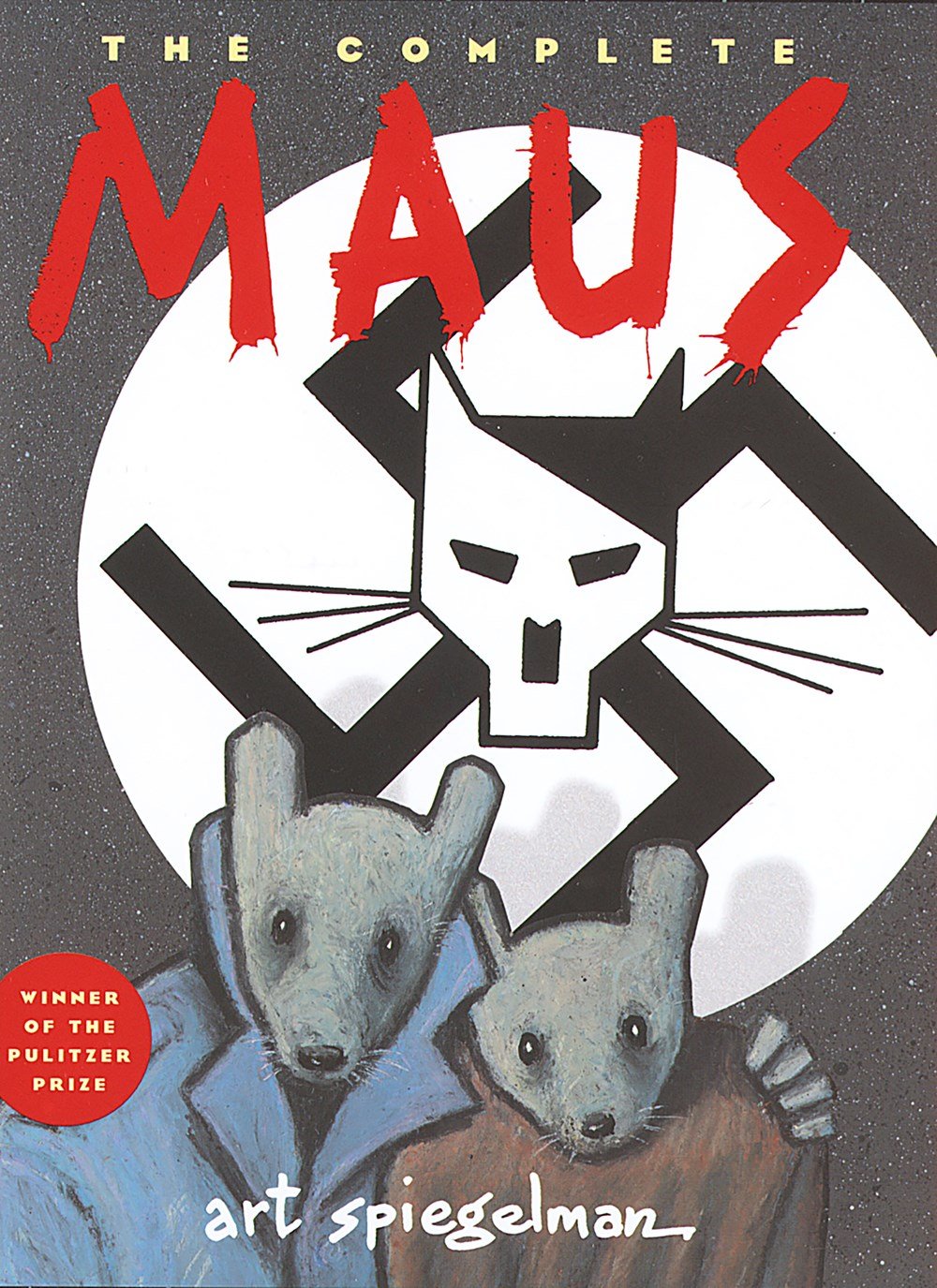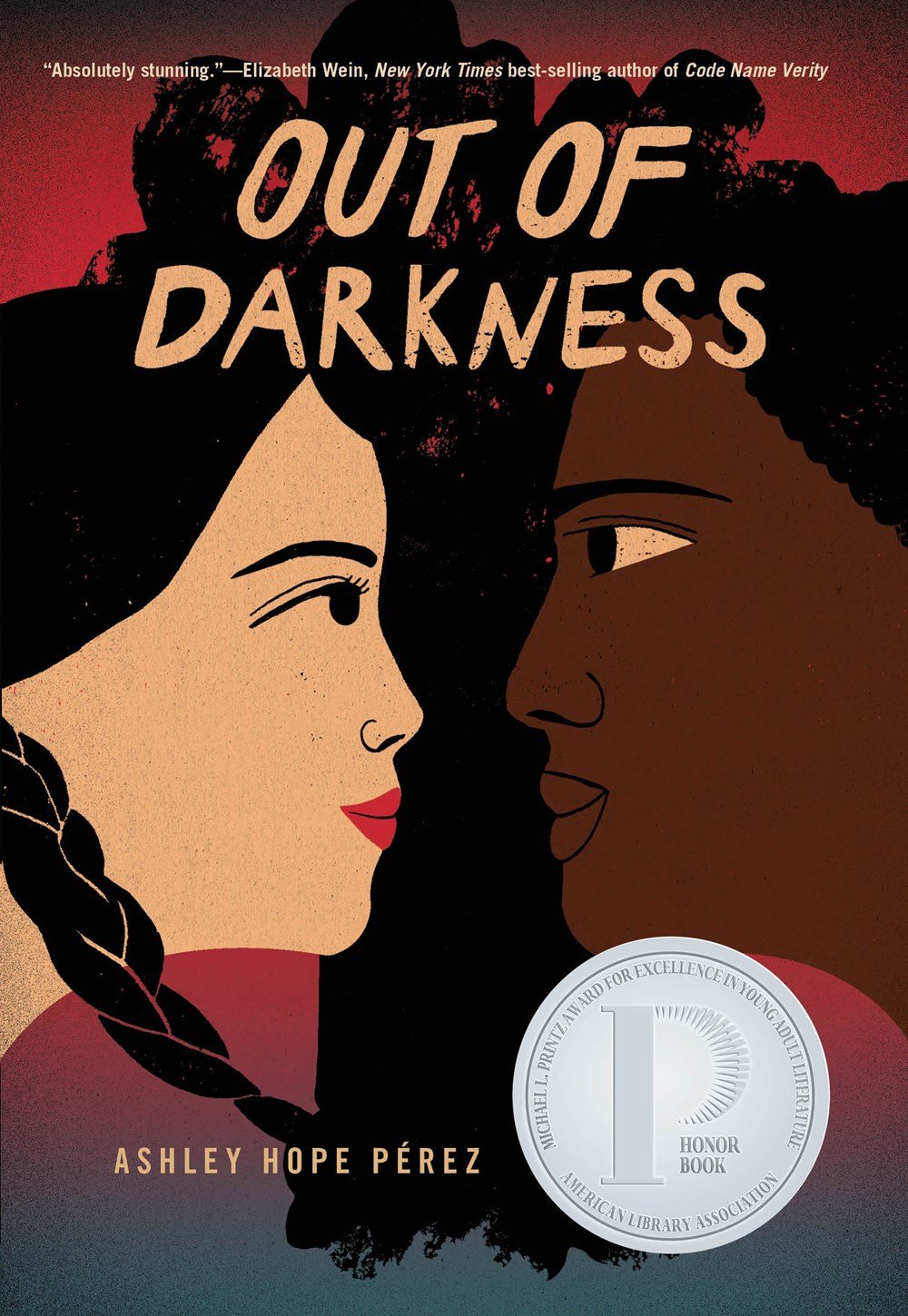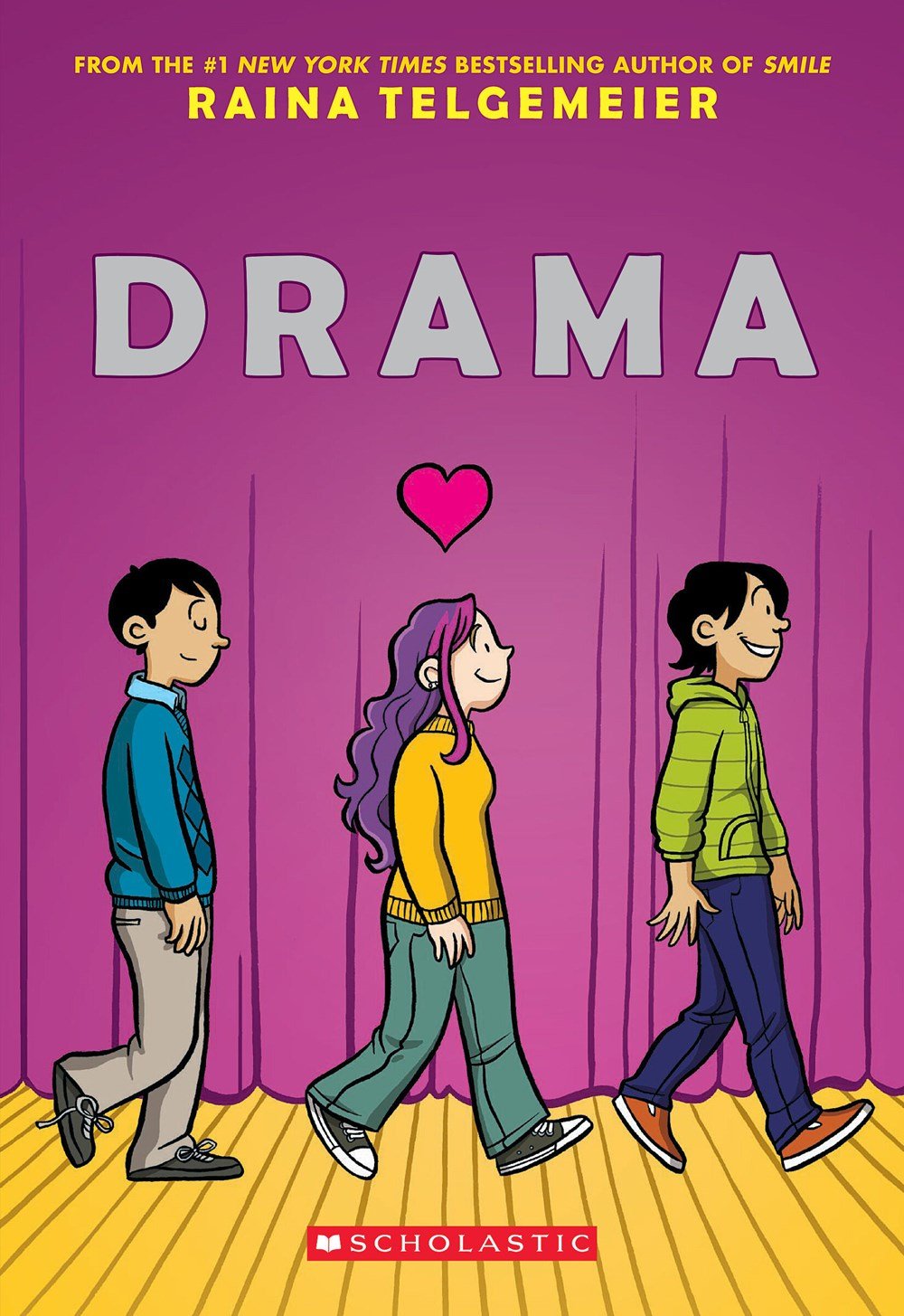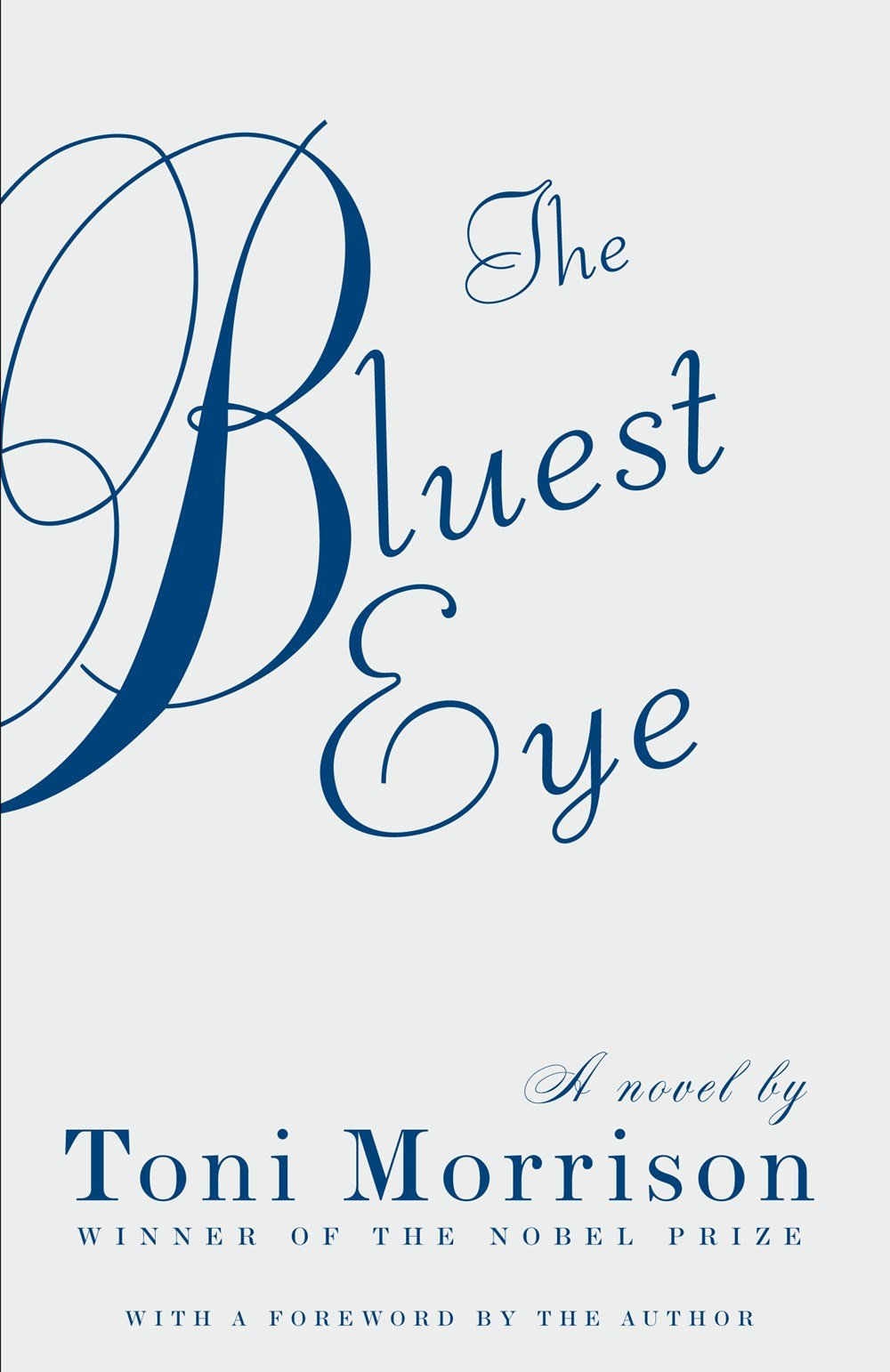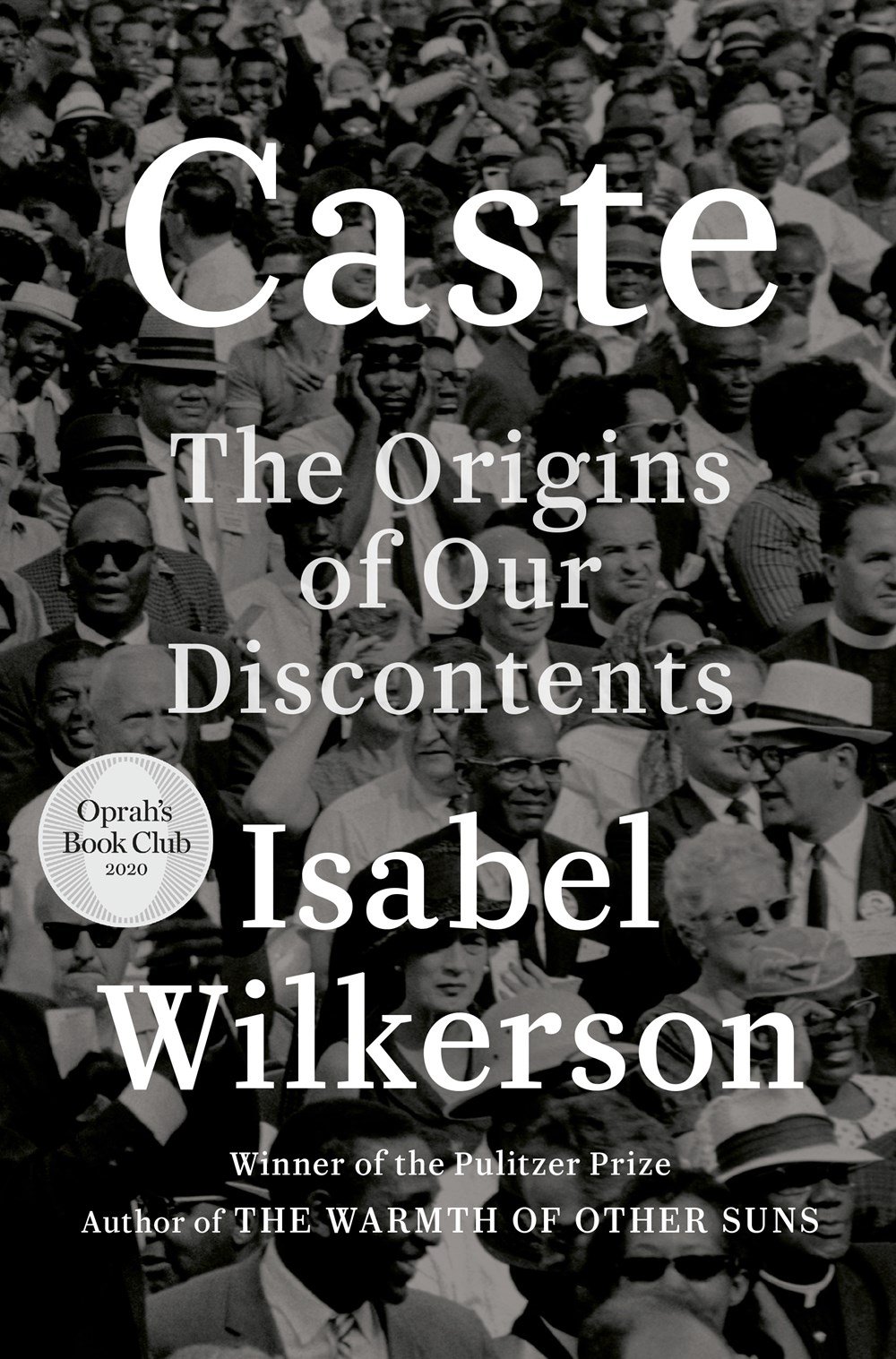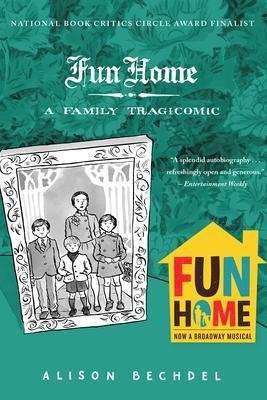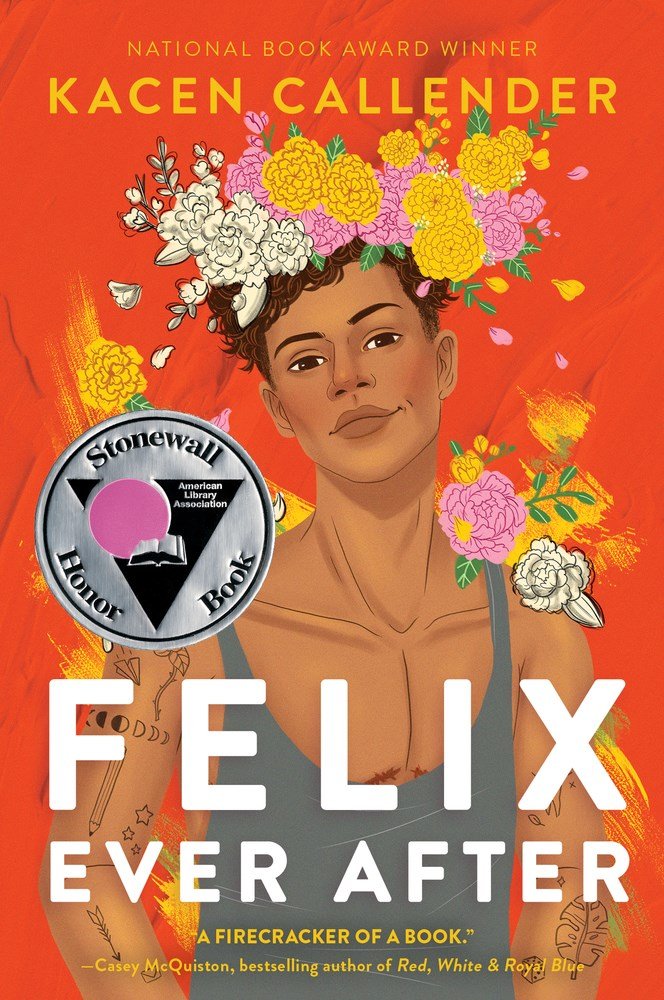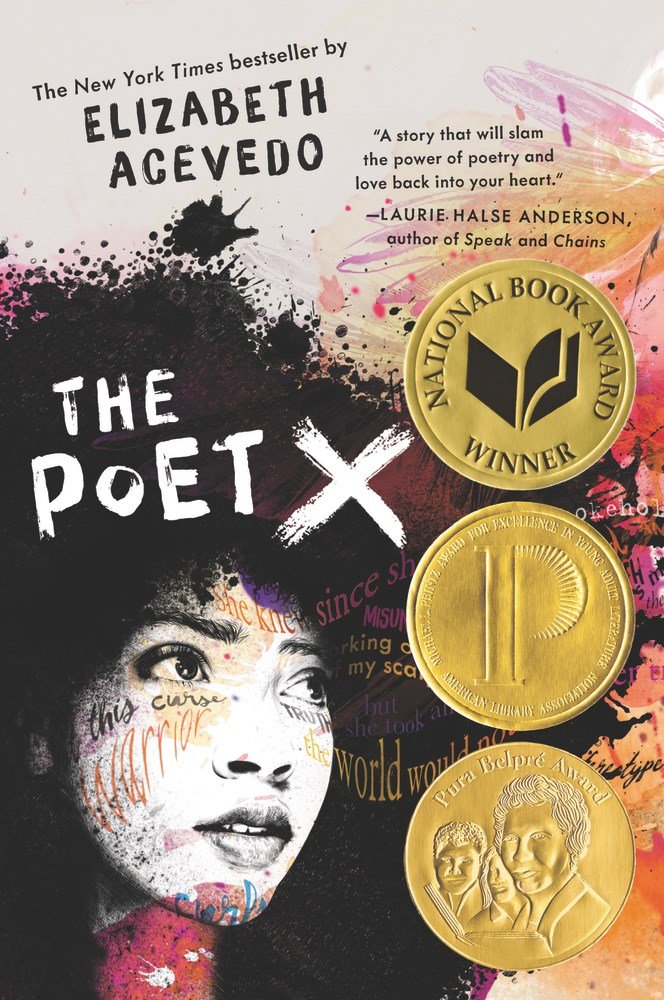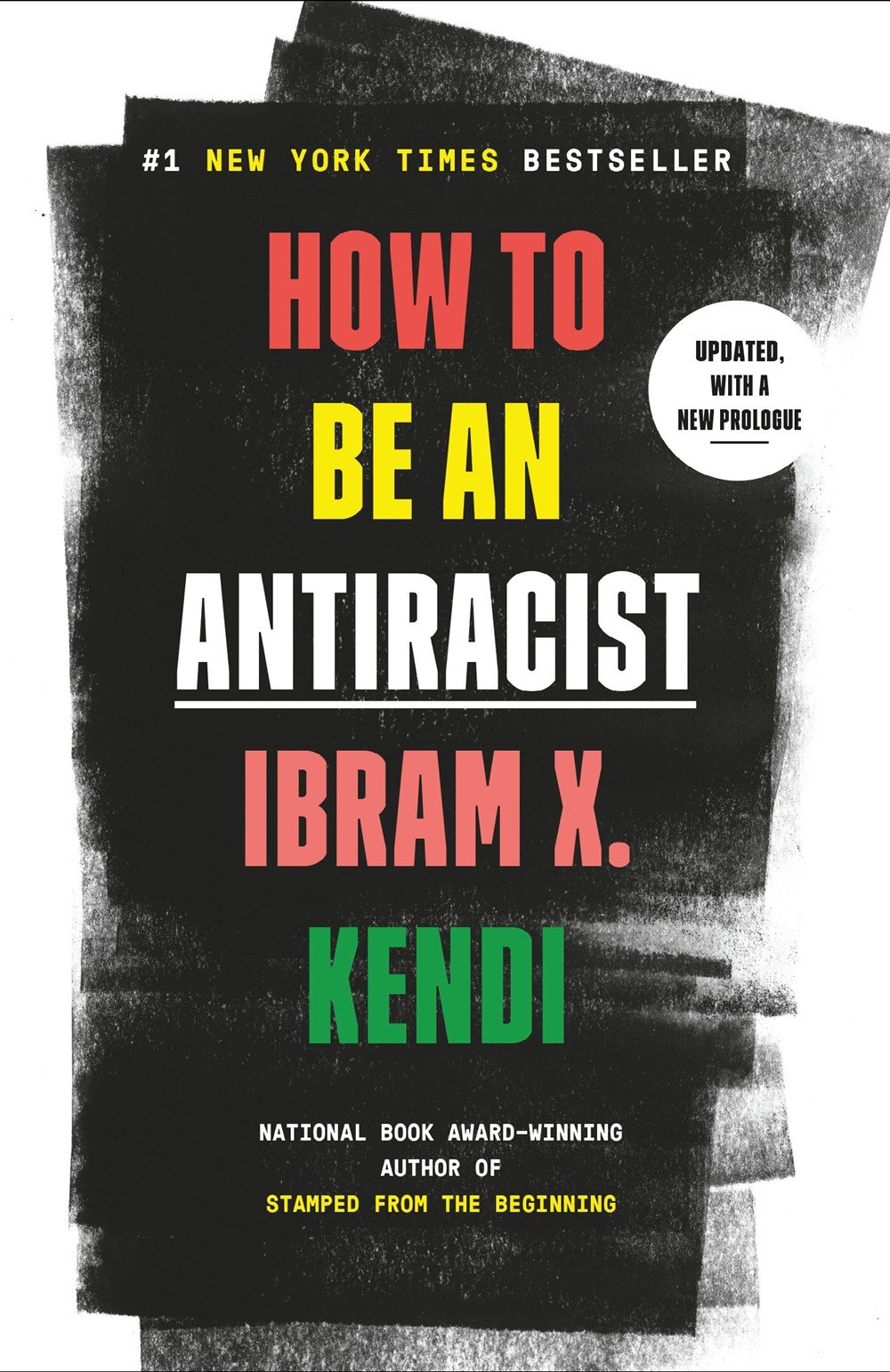Recommended Reading: Banned Books Week
Written by: Julia DeVarti
PEN America reports that from July 2021 and June 2022, 1,648 titles were challenged across the U.S. With book bans on the rise, it’s easy to see the pattern—the most challenged titles are books by BIPOC and queer authors. The people who challenge these books use words like “inappropriate content” and “profanity” to obfuscate the real reasons behind their challenges, which we know are discriminatory bans made in bad faith. All readers deserve to see themselves in stories, and to see those who are different from them, so we’re featuring some of our favorite challenged books this week. Read on for why each book is banned, and why we love them.
All Boys Aren’t Blue, George M. Johnson
Why it’s banned: LGBTQ+ content and “profanity”
Why we love it: All Boys Aren’t Blue is a memoir-manifesto that tells the story of author George M. Johnson’s childhood and their relationship to gender and masculinity. Johnson is incredibly generous in sharing their own story, touching on school bullies, family relationships, consent, and their first sexual encounters. Critics have worried it may be “inappropriate” for young readers, but I know that this book has the potential to mean so much both to young queer kids of color, and to readers of all ages who are interested in practicing allyship. We are lucky to live in a world with Johnson’s words and activism!
The 1619 Project, Nikole Hannah-Jones
Why it’s banned: worries that readers “will stop loving America,” and that white readers will feel bad about themselves
Why we love it: I have a feeling that years from now we’ll look back on the publishing of The 1619 Project as one of the major moments in modern American history—and with good reason too. Nikole Hannah-Jones skillfully reframes U.S. history by centering the year 1619, when the first enslaved Africans were brought to North America. This is a captivating and well-researched book that gives necessary context for the current moment we’re living in.
Flamer, Mike Curato
Why it’s banned: contains sexual content, curse words, and offensive language
Why we love it: We are huge fans of Mike Curato, and this emotional graphic novel is just one more reason to love him! Flamer tells the story of a young boy at summer camp coming into himself and his sexuality amidst new friends, bullies, and a new crush. This emotionally vulnerable story is going to mean so much to so many young readers coming into their own queerness.
Salvage the Bones, Jesmyn Ward
Why it’s banned: explicit descriptions of a teen girl having sex
Why we love it: It’s no surprise that this beautiful novel won the National Book Award. Jesmyn Ward is a gifted storyteller, and though this story of a family in the lead up to Hurricane Katrina takes place over only 12 days, the story feels epic in scope. A truly masterful novel!
All American Boys, Jason Reynolds and Brendan Kiely
Why it’s banned: profanity and drug use, thought to promote anti-police views and be a divisive book
Why we love it: All American Boys brings together two powerhouse authors and tells a story of two teen boys, one Black and one white, in the fallout of an act of police violence. The alternating POVs help keep this book deeply human, and it’s certain to get readers asking big questions about themselves and their communities. Though book banners have called this book divisive, I think All American Boys is rather a book that can and will start hard conversations.
Between the World and Me, Ta-Nehisi Coates
Why it’s banned: considered to be critical race theory, doesn’t show “both sides” of the issue
Why we love it: No one knows how to write a sentence quite like Ta-Nehisi Coates. Written as a letter to his son, Between the World and Me makes the topics of race and American history feel both urgent and intimate, fully bringing together the personal and the political. Toni Morrison called this book “required reading,” and rightly so—if only the book banners saw it that way.
Gender Queer, Maia Kobabe
Why it’s banned: LGBTQ+ content, and “sexually explicit images”
Why we love it: Gender Queer is both a memoir and a guide to gender, gender queerness, and asexuality, and it’s the kind of book I know would have so helped a younger me. Kobabe’s wonderful artwork tells eir story of self-discovery, coming out, finding queer friends, and more, and it’s a graphic novel that everyone should read!










